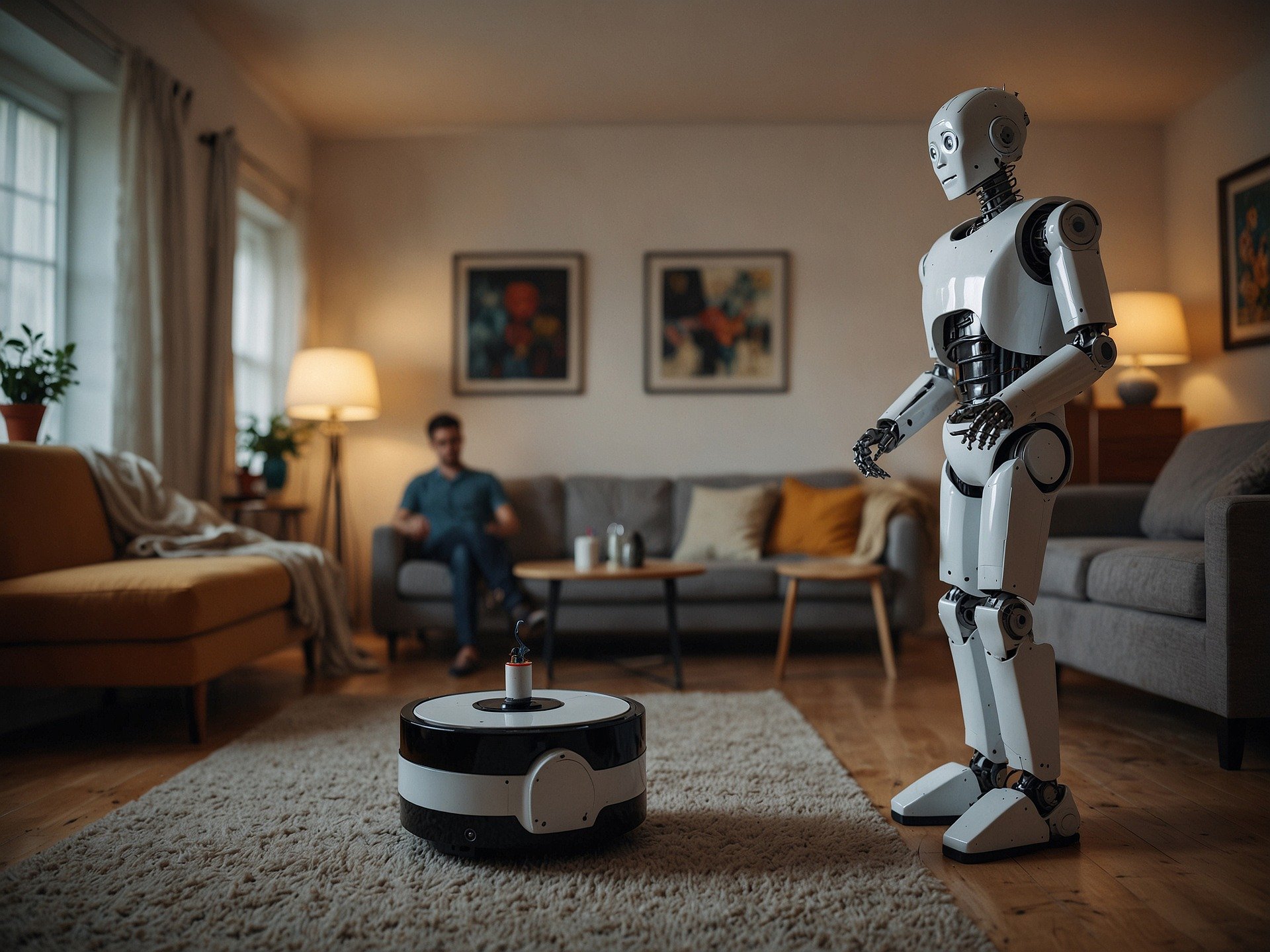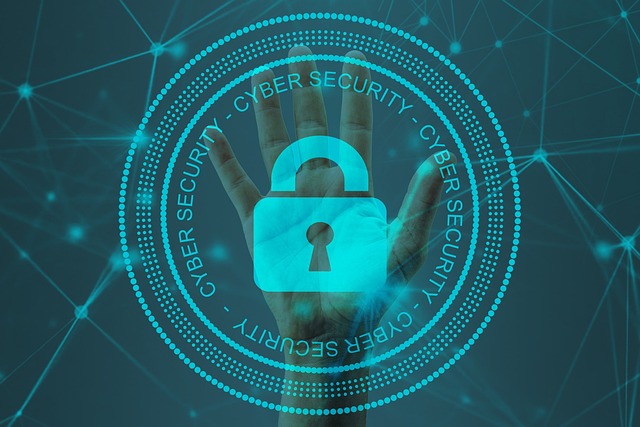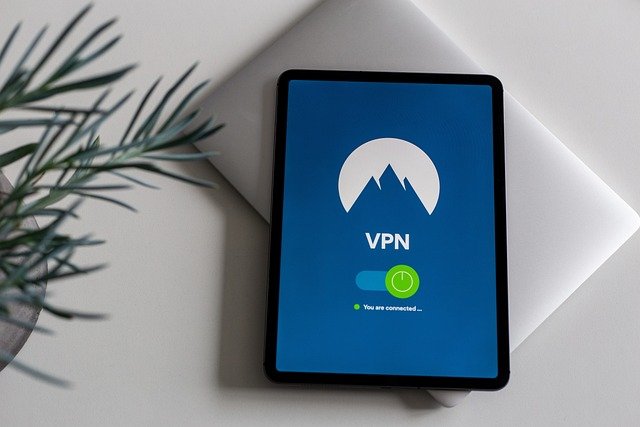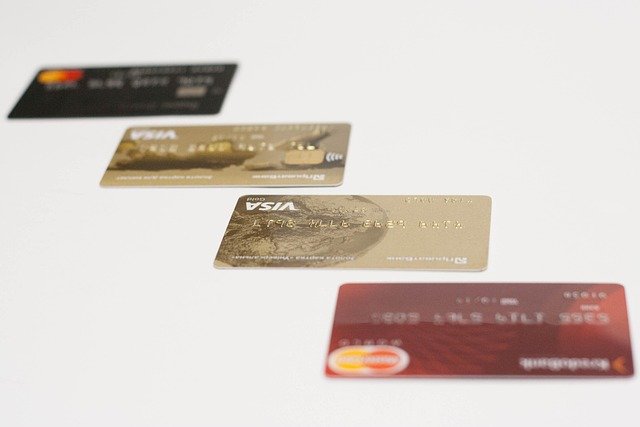"Digital Twin Technology: Bridging the Physical and Virtual Worlds"
Imagine stepping into a parallel universe where every object, system, or process from our physical world has a digital counterpart. Welcome to the realm of 'Digital Twin,' a disruptive technology that's redefining our interaction with the digital sphere, revolutionizing industries, and promising a future where the line between the physical and digital worlds blurs.

A Walk Down Memory Lane: The Origin of Digital Twin
The concept of Digital Twin isn’t as futuristic as it may sound. In fact, it has deep roots in our past. The genesis of the technology dates back to the dawn of the Apollo missions in the 1960s. NASA technicians created mirrored systems of their space-bound equipment for troubleshooting, testing, and simulating scenarios. Fast forward to the 21st century, the advent of the Internet of Things (IoT), Artificial Intelligence (AI), Machine Learning (ML), and Big Data has catapulted this technology into a new era.
Digital Twin Today: More Than Just a Mirror Image
Digital Twin has evolved from being a simple replica to an advanced real-time simulation tool. It’s no longer just a static duplicate but an ever-evolving model that learns, adapts, and improves over time.
Microsoft recently announced Azure Digital Twins, an IoT service that allows the creation of comprehensive digital models of physical environments. By combining spatial intelligence graphs with IoT data, it enables sophisticated scenarios to be tested and predicted in virtual reality before being deployed in the real world.
Breaking Down the Price Tag: The Cost of Adopting Digital Twins
While the benefits of Digital Twin technology are profound, it does come with a cost. The price of implementing this technology hinges on several factors, including the complexity of the physical assets, the level of detail required in the digital model, and the software used.
Gartner, a leading research and advisory firm, estimates the cost of implementing a Digital Twin to range from a few thousand dollars for a simple device to millions for complex systems like airplanes. However, the return on investment could be substantial, with potential savings in testing, troubleshooting, and maintenance costs.
Shaping the Future: The Potential Impact on Industries
The potential of Digital Twin technology is immense, with applications spanning multiple sectors. In the manufacturing industry, digital twins can enhance efficiency, enabling predictive maintenance, reducing downtime, and optimizing production processes. In healthcare, digital twins of patients could revolutionize personalized medicine, simulate surgical procedures, and predict disease progression.
Bridging Two Worlds
Digital Twin technology is more than just a mirror image of the physical world. It’s a bridge that connects our reality to the virtual realm, opening up a universe of possibilities. From redefining healthcare to revolutionizing manufacturing, this technology is set to transform our lives in ways we can only begin to imagine. As we stand at the precipice of this exciting digital frontier, one thing is clear - the future of Digital Twin is here, and it’s here to stay.




